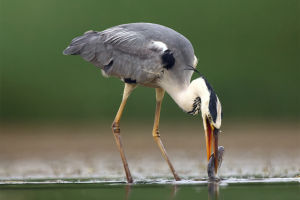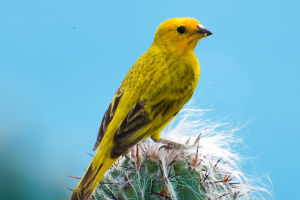The black baza (Aviceda leuphotes) is a small bird of prey native to the forests of Northeast India, the eastern Himalayas, China, and Southeast Asia. Many populations are migratory.
The Indian populations migrate to the southern Peninsula and Sri Lanka during winter. These birds are recognized by their short, stout legs and strong talons.
A prominent crest is a defining feature of the species. They are typically found in dense forests, often in small groups, and are known to perch on bare branches of tall trees above the forest canopy.
Scientific Classification
Kingdom: Animalia
Phylum: Chordata
Class: Aves
Order: Accipitriformes
Family: Accipitridae
Genus: Aviceda
Species: Aviceda leuphotes
Taxonomy and Systematics
The black baza was first described as Falco leuphotes based on a specimen from Pondicherry. Several geographic races have been identified, although their classification remains under study.
A. l. syama: Found in eastern Nepal, northeastern India, and southern China, wintering in Indochina and the Malaya Peninsula.
A. l. leuphotes: Formerly thought to breed in southwestern India, though this claim lacks evidence. It is said to breed in Burma and Thailand.
A. l. andamanica: Endemic to the Andaman Islands with white underparts lacking chestnut bands.
Black Baza Kaziranga National Park
Video by Kaziranga Safari Bishwa
Description
The black baza is a small, distinctively colored raptor measuring 30 to 35 cm in length, with a wingspan of 66 to 80 cm and a weight of 168 to 224 g. Its upright crest and contrasting patterns make it unmistakable when perched. Males display white scapulars and secondary coverts, while females have white only on the scapulars and more chestnut bands on their underside.
In flight, their appearance resembles that of a crow. They are often observed in small groups or flocks, particularly during migration. These birds are more active at dusk and in overcast conditions.
Feeding Habits: Black bazas primarily feed on insects, capturing them during aerial sallies or picking them off leaves. Occasionally, they attempt to catch small birds. They are known to join mixed-species foraging flocks and even feed on oil palm fruits.
Vocalization: The call is described as a “chu-weep,” similar to the large cuckoo-shrike. Other sounds include a soft squeal or whistle and a shrill gull-like mewing.
Distribution
Dear Lykkers, this species is distributed across Southeast Asia and parts of South Asia. Migratory birds are commonly observed in large numbers in places like Chumphon, Thailand, accounting for nearly 40% of raptors in passage. In regions like Hong Kong, their status has shifted from summer visitors to small resident populations.
In southern India, the species is regularly reported during winter in the Western Ghats and occasionally in the Eastern Ghats. They have also been sighted near metropolitan areas, such as Guindy National Park in Chennai and Bangalore. Observations suggest that they may be regular winter visitors in parts of eastern peninsular India.
Breeding
The breeding season begins in April in northeastern India. Both sexes participate in nest building, incubation, brooding, and feeding. The nest is a firm platform of thin sticks lined with grass and fiber, topped with green leaves. Eggs hatch after approximately 26–27 days, and insects form the predominant food for the chicks.


